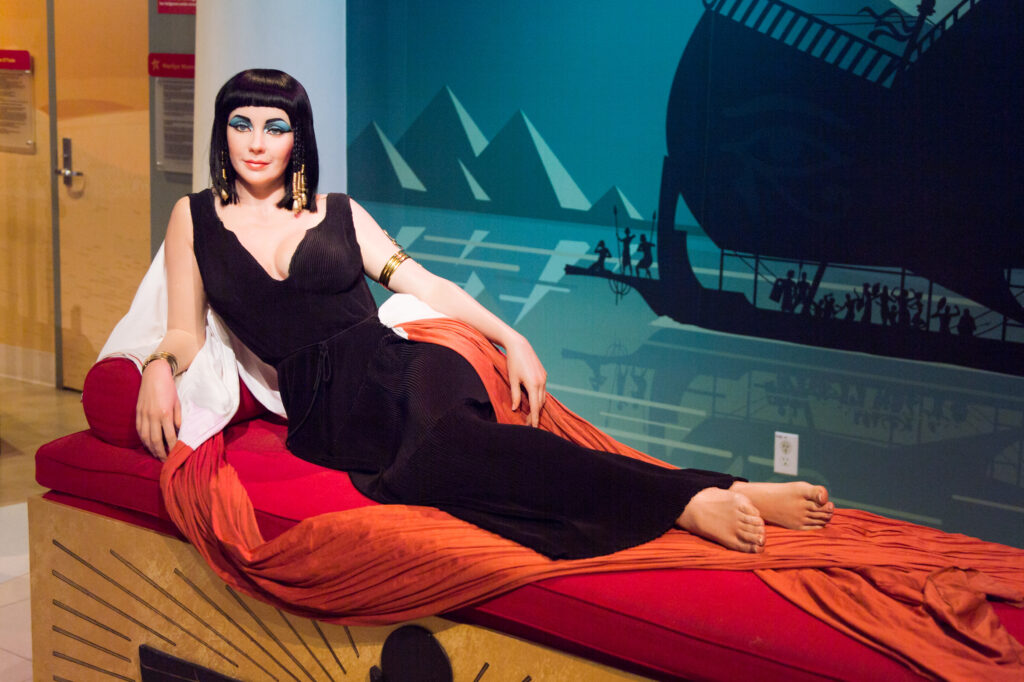Introduction to a Hollywood Legend
Elizabeth Taylor, a name synonymous with dazzling beauty, extraordinary talent, and compassionate philanthropy, remains an enduring symbol of Hollywood’s golden era. Her legacy, defined by memorable performances, timeless elegance, and unwavering dedication to humanitarian causes, continues to captivate audiences and inspire admirers worldwide. This article delves into the multifaceted life of Elizabeth Taylor, exploring her remarkable career, personal life, and philanthropic endeavors.
Early Life and Rise to Stardom
Born on February 27, 1932, in London, England, Elizabeth Rosemond Taylor moved to Los Angeles with her family at the onset of World War II. Her magnetic beauty and natural acting ability soon caught the attention of Hollywood’s elite, leading to her film debut in “There’s One Born Every Minute” (1942). However, it was her poignant portrayal of Velvet Brown in “National Velvet” (1944) that catapulted the young Taylor to stardom, establishing her as a beloved child actress.
Transition to Adult Roles
As Taylor transitioned to adult roles, her talent and screen presence became even more evident. She delivered critically acclaimed performances in films such as “A Place in the Sun” (1951), “Giant” (1956), and “Cat on a Hot Tin Roof” (1958). Her portrayal of Maggie the Cat showcased her ability to convey complex emotions and solidified her status as a leading lady in Hollywood.
Oscar-Winning Performances
Elizabeth Taylor’s career reached new heights with her performances in “BUtterfield 8” (1960) and “Who’s Afraid of Virginia Woolf?” (1966), each earning her an Academy Award for Best Actress. These roles highlighted Taylor’s versatility as an actress and her commitment to challenging and emotionally demanding characters.
A Life in the Spotlight: Marriages and Personal Struggles
Taylor’s personal life, marked by eight marriages and a battle with numerous health issues, was as captivating as her film career. Her relationships, especially with Richard Burton, with whom she married twice, were the subject of intense media scrutiny and public fascination. Despite the challenges, Taylor’s resilience and strength shone through, endearing her even more to the public.
Philanthropic Legacy
Beyond her achievements in entertainment, Elizabeth Taylor’s most profound legacy may be her humanitarian work, particularly in the fight against AIDS. After the death of her friend Rock Hudson, Taylor co-founded the American Foundation for AIDS Research (amfAR) and later established the Elizabeth Taylor AIDS Foundation. Her tireless advocacy and fundraising efforts brought significant attention and resources to the cause, saving countless lives.
Continuing Influence and Legacy
Decades after her passing, Elizabeth Taylor’s influence on film, fashion, and philanthropy endures. Her timeless beauty, captured in iconic jewelry and fashion moments, continues to inspire designers and fashion enthusiasts. Taylor’s films remain a testament to her talent and versatility as an actress, while her humanitarian efforts have set a precedent for celebrities using their platforms for social change.
Conclusion
Elizabeth Taylor was more than just a film star; she was an icon of beauty, talent, and compassion. Her contributions to the entertainment industry and her unwavering commitment to philanthropy have left an indelible mark on the world. As we reflect on her life and legacy, we are reminded of the power of using one’s voice and influence to make a difference. Elizabeth Taylor’s story is a testament to the enduring impact of a life lived with passion, grace, and generosity.

